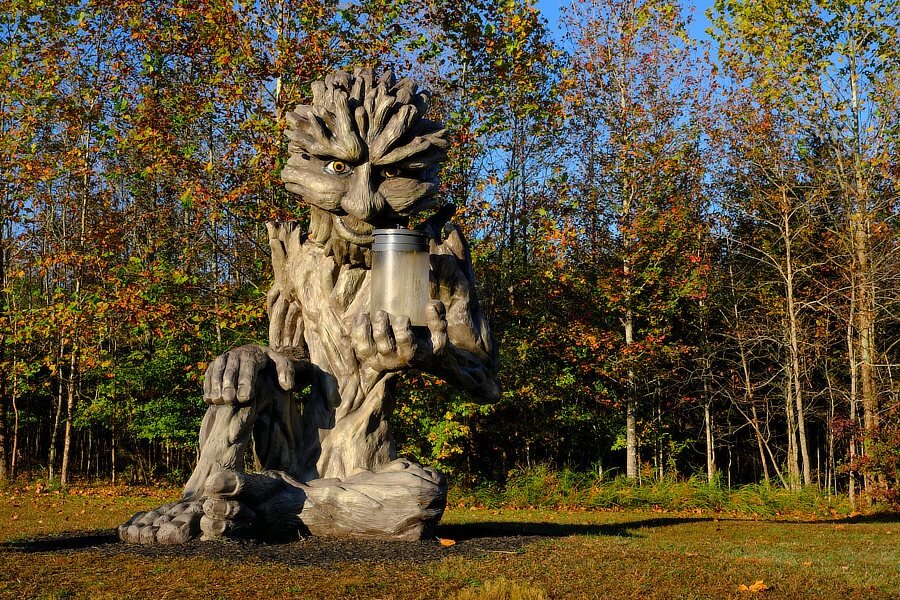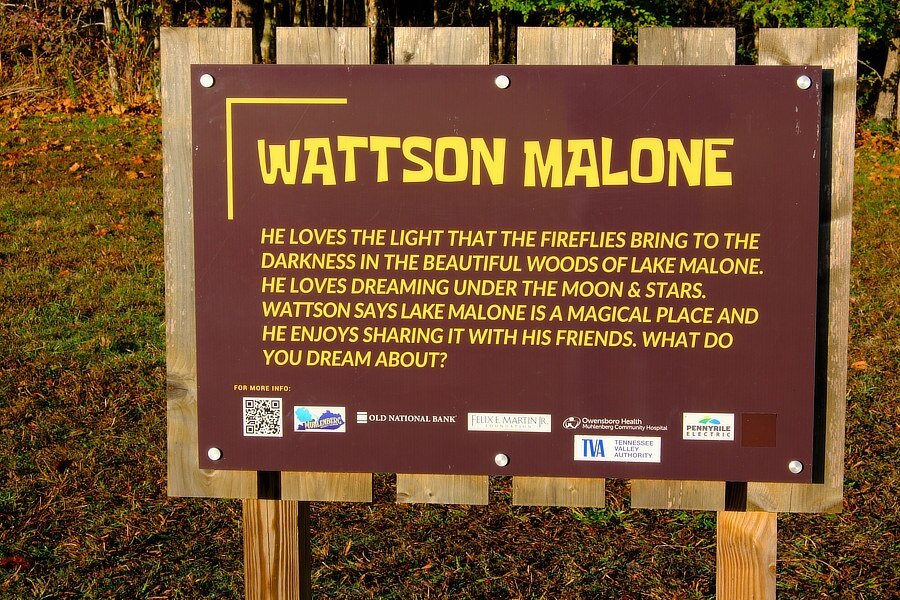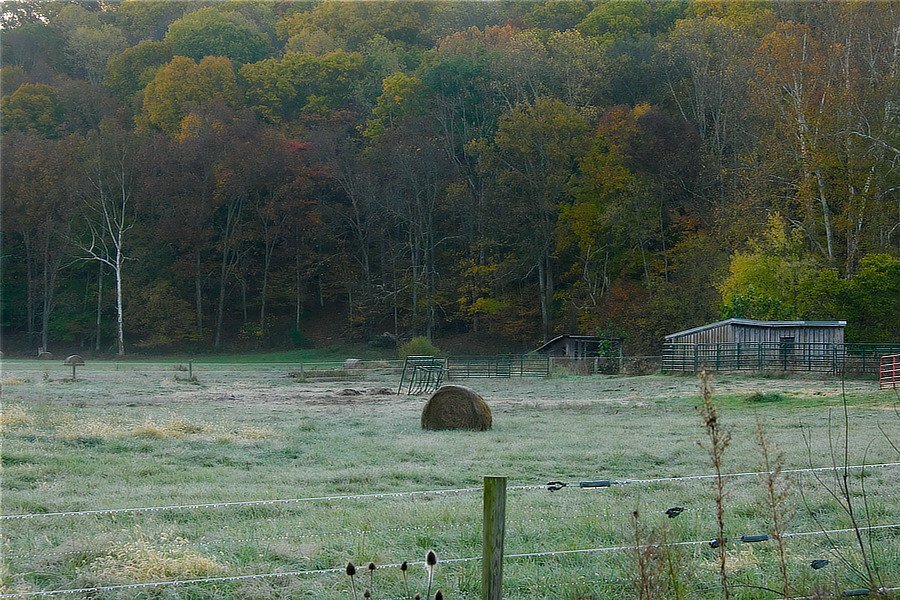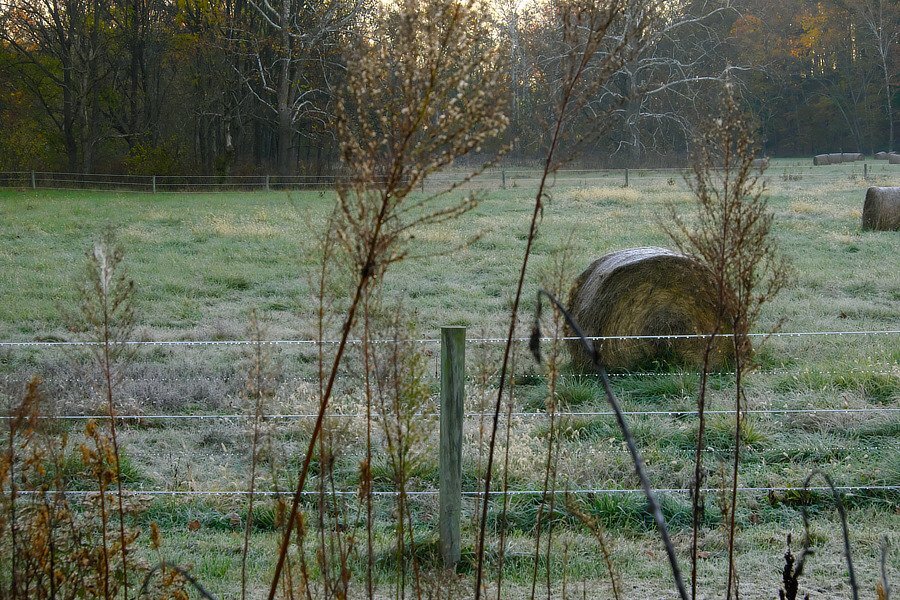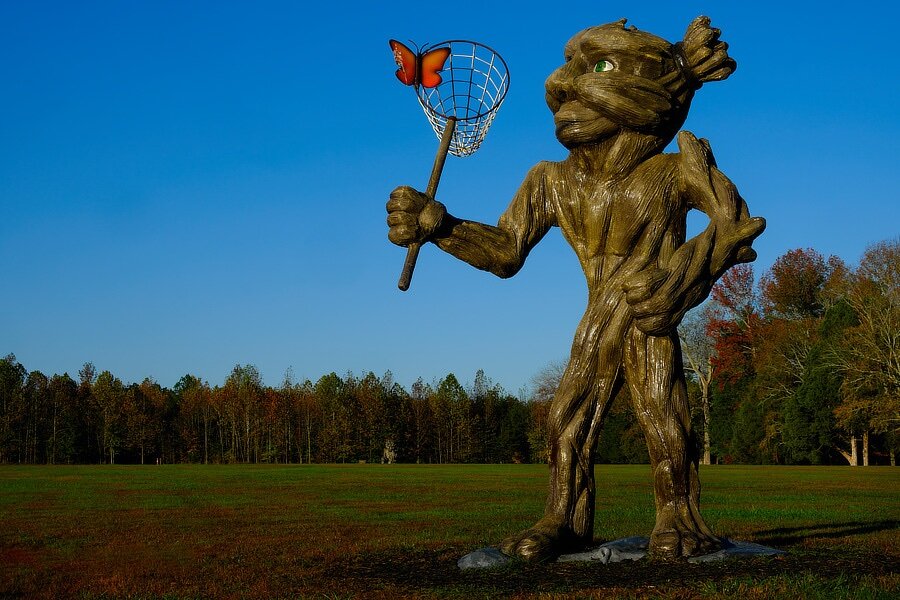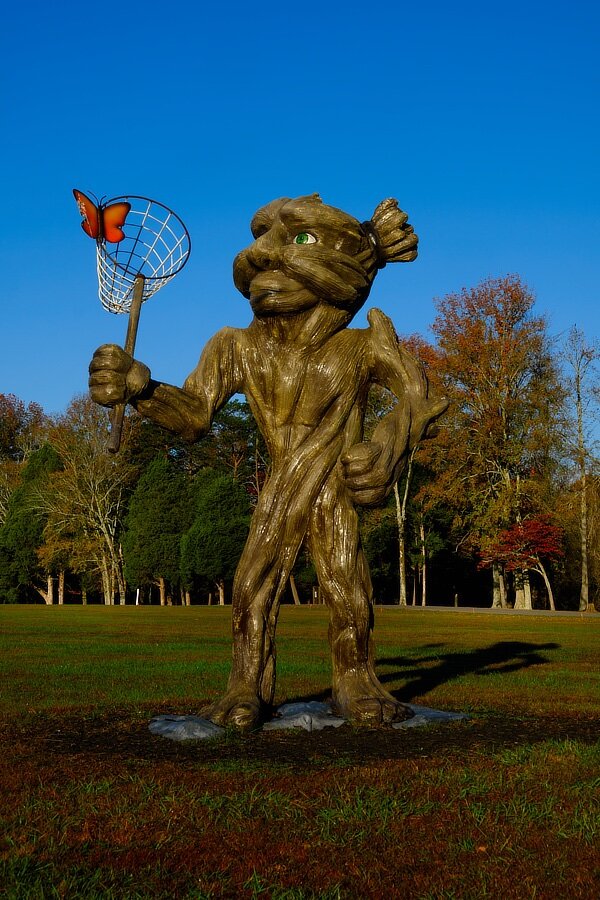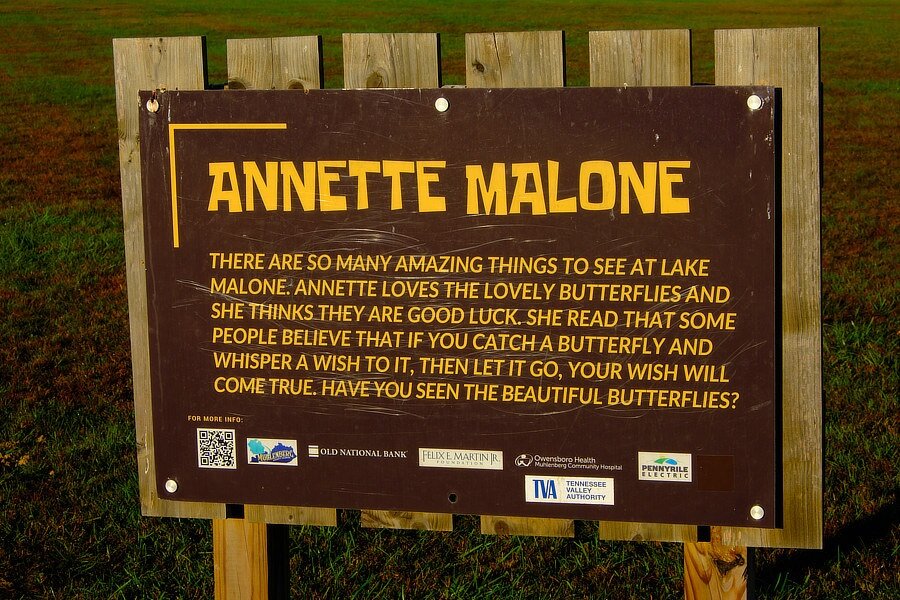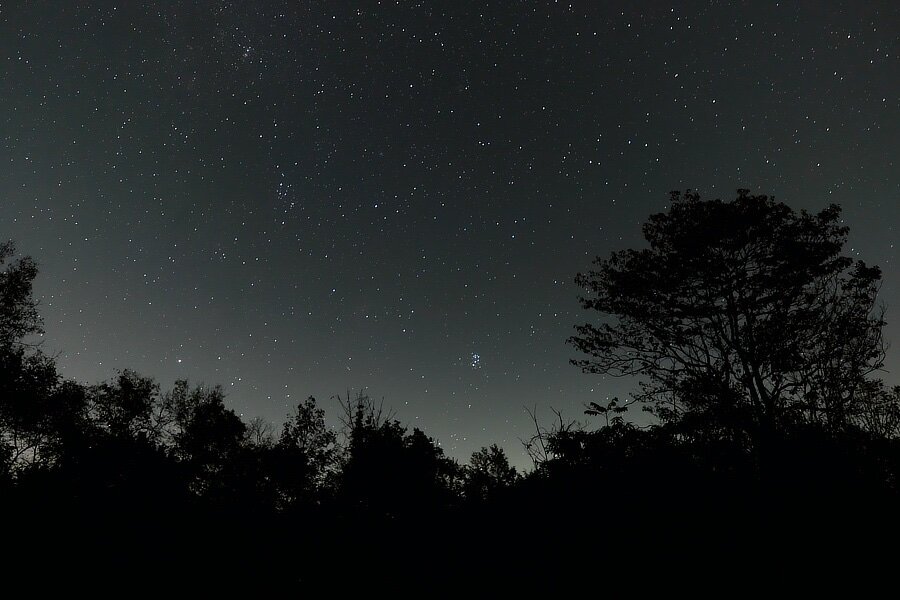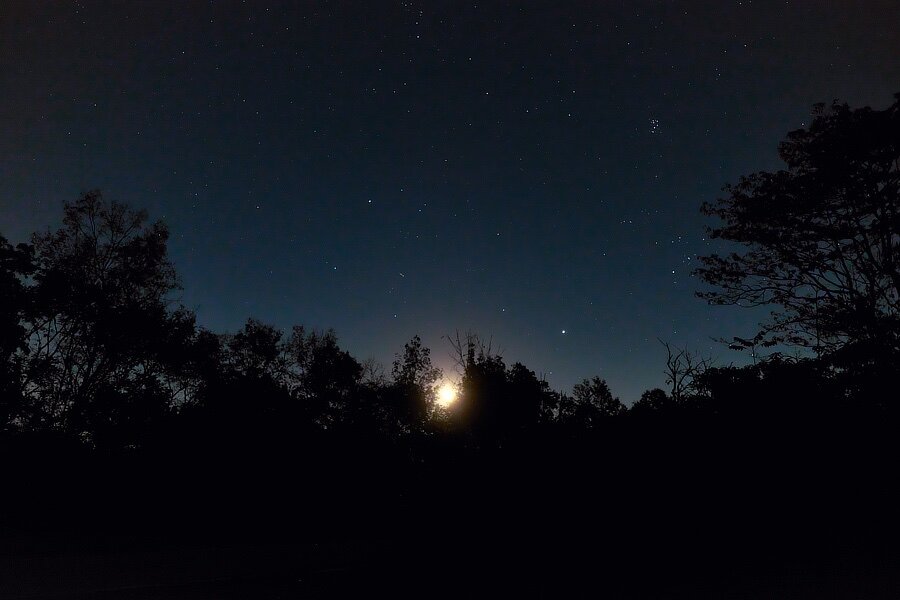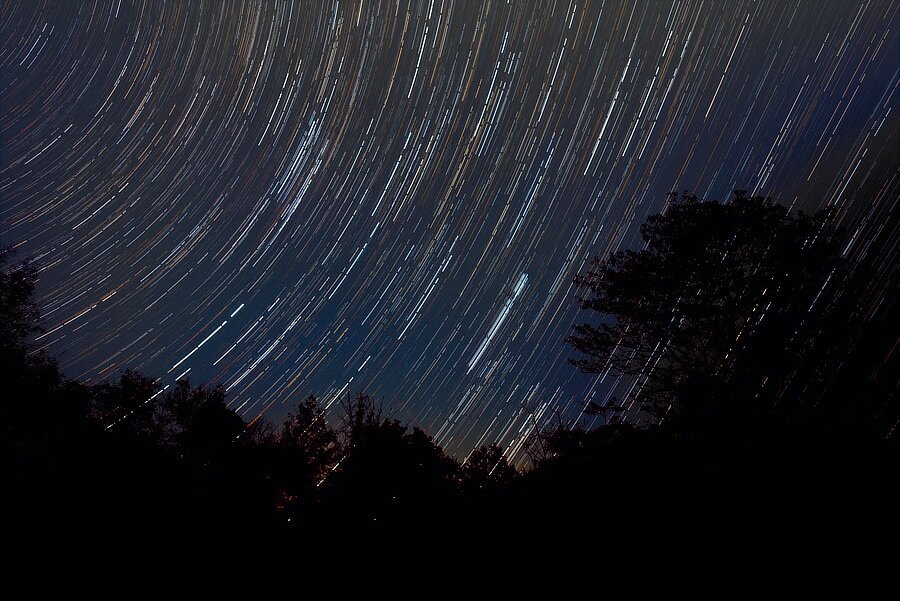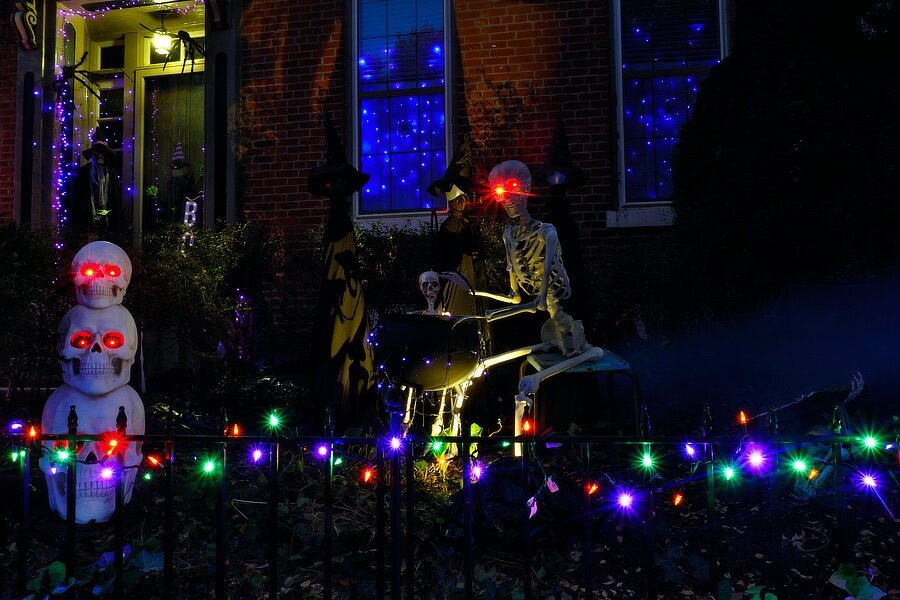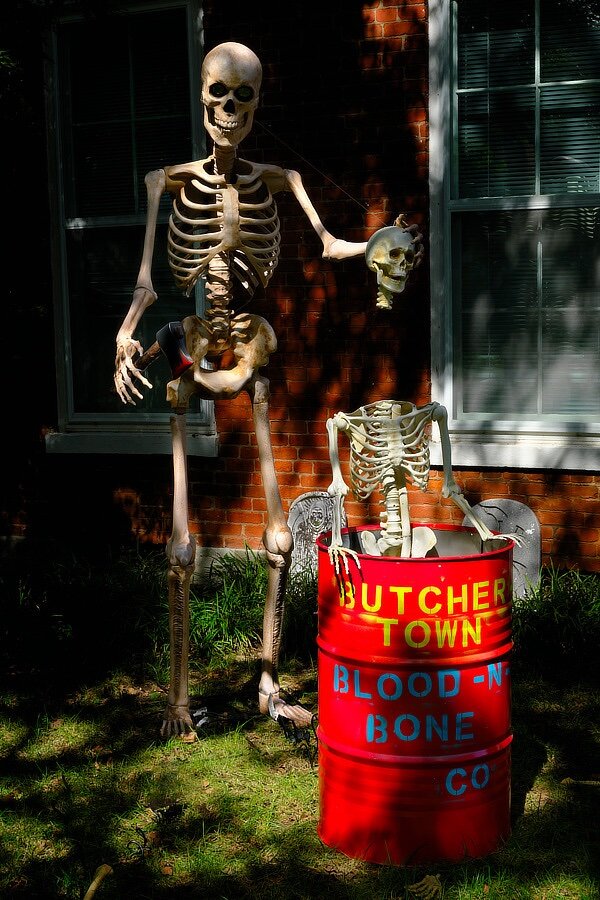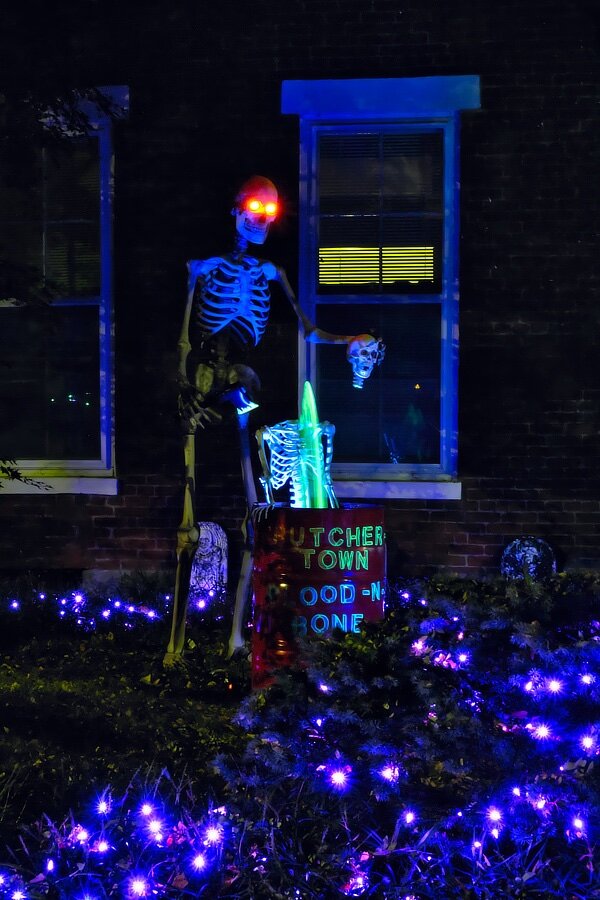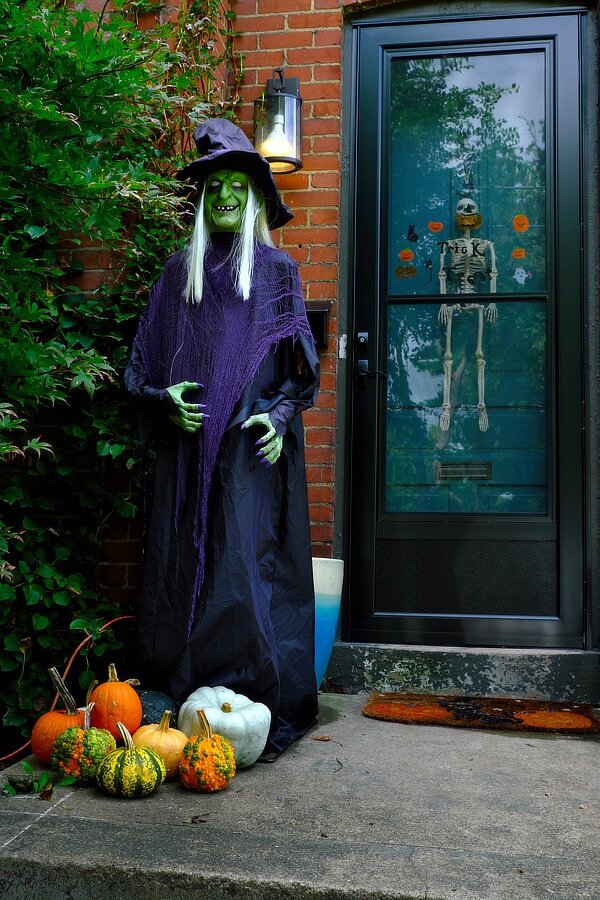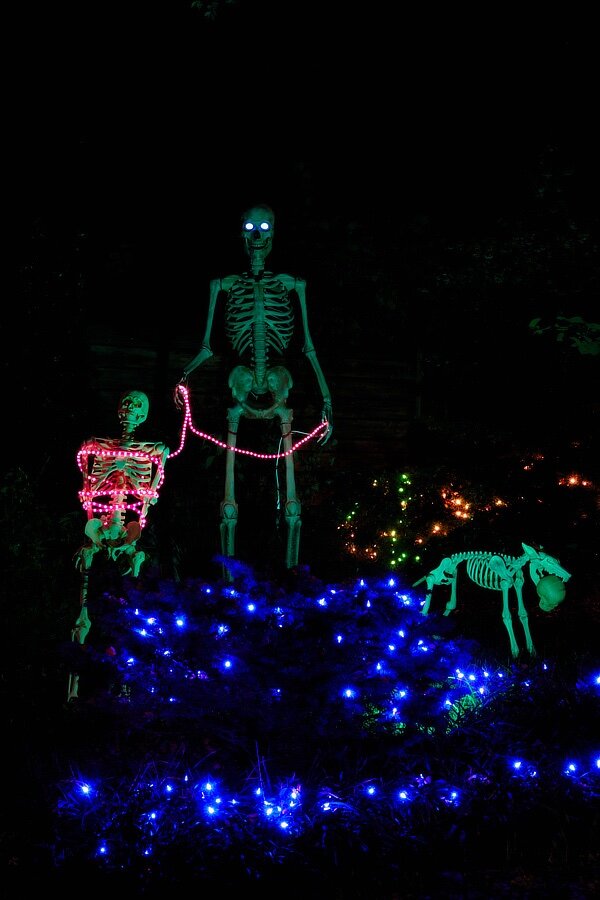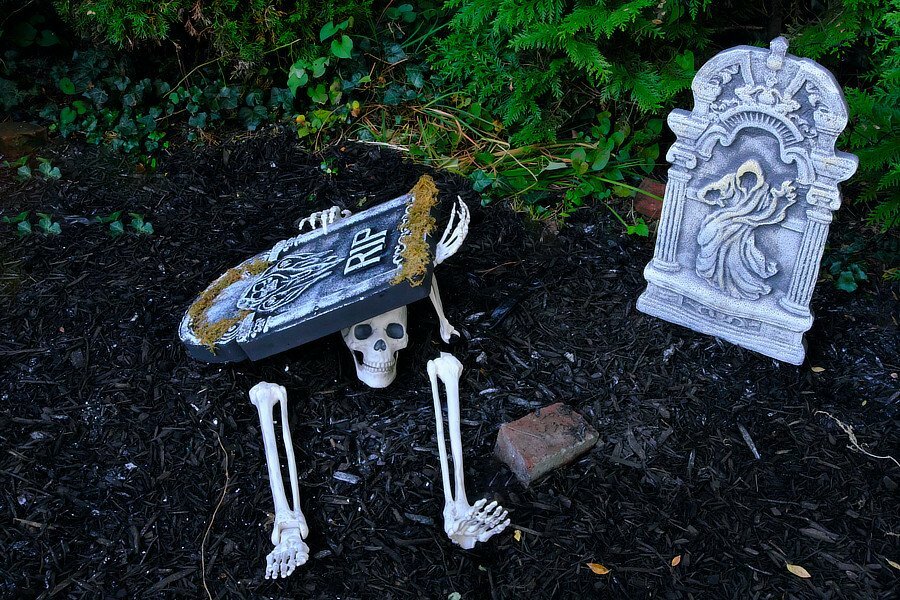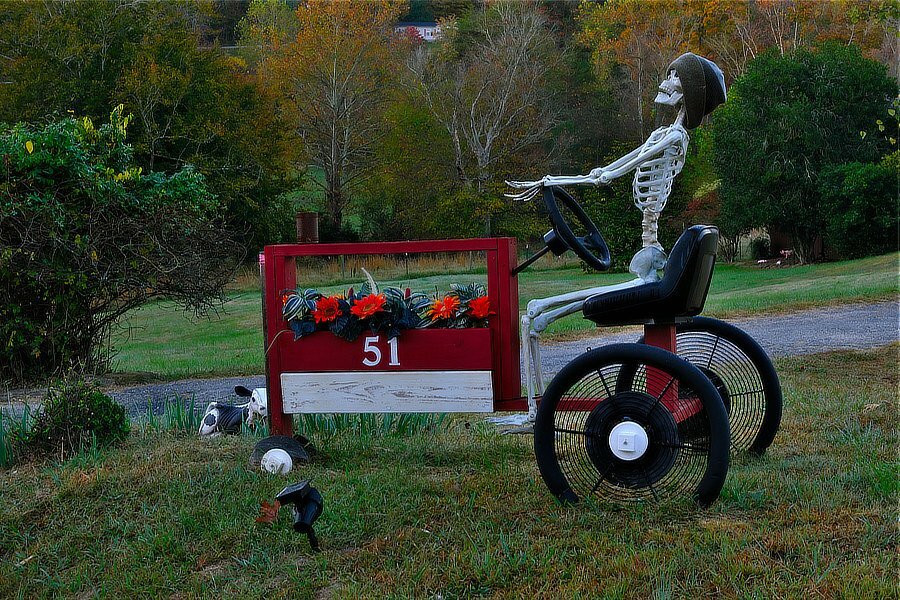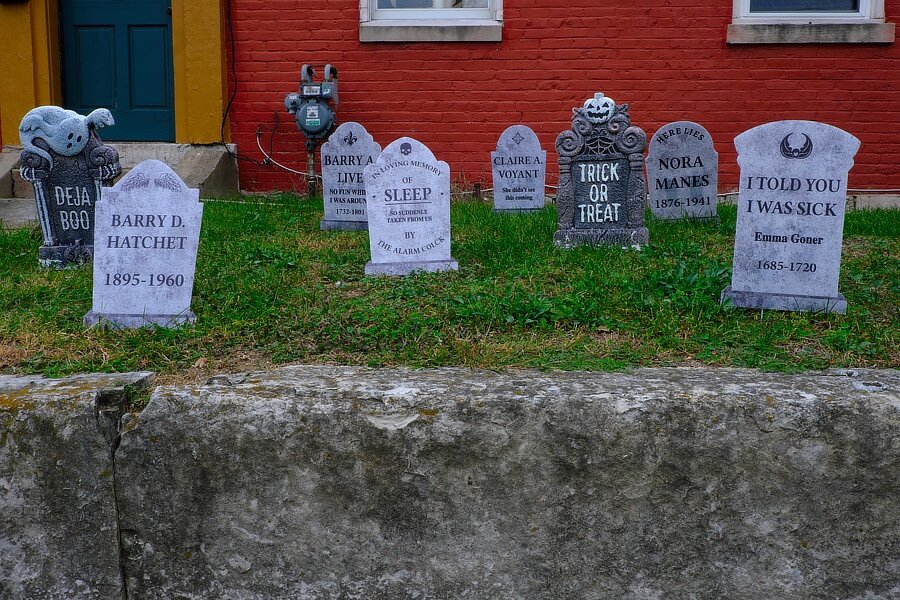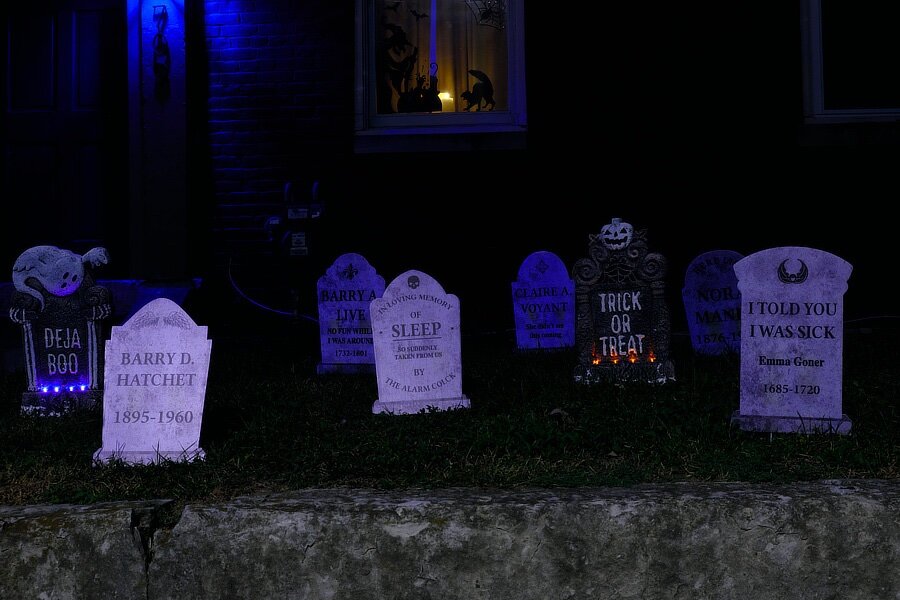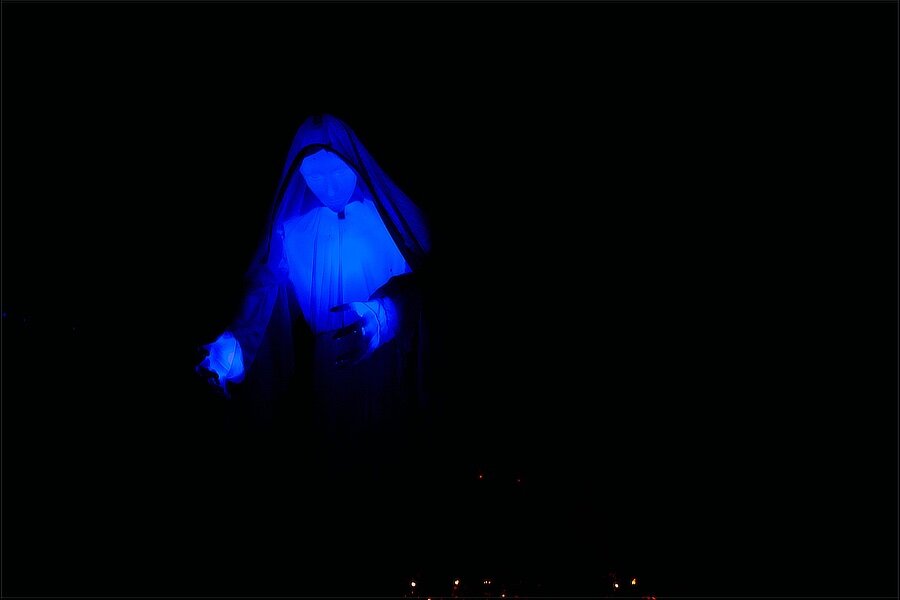
jerryy
Members-
Posts
1,926 -
Joined
-
Last visited
-
Days Won
304
Content Type
Forums
Gallery
Store
Everything posted by jerryy
-
Hello again, There is a simple way to see if the internal interval timer is part of causing problems. Switch to the mechanical shutter and bulb mode, then use an external intervalometer such as: https://jjc.cc/index/goods/detail.html?id=483 or one of their competitors, there are several really good ones out there. (In bulb mode, the electronic shutter is limited to one second exposures.) Keep in mind the sensor is far, far more sensitive to light than our eyes are. It can record briefly lit lights we never see. For example, a one second astrophotography exposure will fill an image with more stars (very very very distant single points of light) than our eye see even in the darkest of places. Hopefully, setting a low minimum shutter speed in your auto iso menu setting will help as well.
-
-
Much better indeed! Many places sell light pollution filters, and a while back these actually did work well enough. They are versions of the lenses used in glass blowers’ and welders’ glasses filtering out light from off-green, off-yellow and tungsten lights. Communities and people started using white led lighting in homes, street lights, etc. these filters do not work at all for blocking that. Dark skies when you can get them give the best results.
-
It looks like there may be several options that will affect your sequences. [For those reading along, a holy grail sequence is explained here: https://petapixel.com/2018/08/02/how-to-shoot-and-edit-a-holy-grail-timelapse-at-sunset-or-sunrise/ .] I very well sympathize with troubles coming from trying to get remote sequences, but sometimes, well, …, you still have to babysit the camera either in-person or via long distance wifi or ethernet. I noticed several light sources popping up in and out of your Smugmug video. Maybe try using spot metering with the exposure tied to the focus point. As long as no car lights or flashlights, etc. turn on and off inside the focus area, lights outside of the focus area will have far less effect on the overall exposure. You will have to tie the metering to the focus point as explained here: https://fujifilm-x.com/en-gb/learning-centre/which-metering-mode-should-you-choose/ It would be nice if there is a quick-do-this and everything is copacetic, but probably it will take working each part of the issues you are facing one at a time until you can get results you like better. The most troubling part is giving the camera free rein over the shutter speed with other “auto” features turned on as well. Older cameras did not have as much latitude to do as they wanted. @madnic edit: Second place to try: Try raising the maximum iso to 6400 and pull the shutter speed back down. The sensor will give you clean files and the algorithms have more room to work in before they over-ride the set shutter speed.
-
Unfortunately the video you included does not play, I tried a few browsers, no joy. Can you separate out the settings for the camera from the settings you have for the LRT app? Also, include many more camera settings, such as what kind of metering mode you are using as well as where you think the focus point was for the sequence. Are you setting this up to taking one shot, waiting a while based on the anticipated exposure, then taking another shot and repeating from there? If you manually blink through the sequence, does anything catch your attention as to what differs between the frames where there is a dramatic exposure change? If you look at the manual https://fujifilm-dsc.com/en/manual/x-t4/menu_shooting/shooting_setting/index.html#interval_exposure_smoothing regarding exposure smoothing, it recommends using shorter intervals to keep the big shifts minimized, have you tried this to the extent you can? To that end, what happens if you use fixed time exposure, adjusting throughout the night? From the way, the LRT manual reads, that approach sounds like it fits their workflow, but maybe not ??? p.s. Welcome to the forum.
-
Mother Lion - Tanzania in Serengeti
jerryy commented on Sailortim's gallery image in Members Albums Category
-
@SimonF, the same image sequence used to make star trails can also be used to make time lapse videos. Star_Trails_October_21_2024-Wi-Fi_Low.mp4 Note 1: This is a .mp4 video file. Unfortunately, some browsers will not play these files, but there are plenty that will play them. Hopefully, those reading this will be able to view the file. Note 2: This time lapse sequence shows Taurus, the Pleiades and Perseus rising in the sky. Along with a lot of other 'regional sky stuff' as well.
-
-
It is fun. It can be a little overwhelming at first, but once you start getting some practice, you can use it as an excuse to be outdoors at night 😃. I am looking forward to seeing images you post.
-
OrioNOTS (Orionids) Meteor showers tend to happen regularly every year, over a period of time; days, weeks or even longer. Published times are usually listed for the few nights when the showers will be most visible, i.e. a lot of meteors per hour. Sometimes, the showers’ viewing times vary, they start a little early or a little late, but mostly they start and end right on their predicted time schedules. I was hoping to see the (October) Orionids earlier than during this year's peak viewing time. The showers best viewing times were supposed to happen during moon up in the sky time. Pointed in the right direction, this is a thirty seconds long exposure, long enough to bring out the foreground and have some star trailing. After an hour or so of viewing, lots of star trails, and one airplane, but no meteors. They were stubbornly insisting on staying on schedule, they had a show to put on. But no shows locally, alas. This is the culprit, making meteor viewing very, very difficult that night. Moonrise, at 71% illumination. This puppy is bright enough to cast shadows and hide meteors.
-
Unfortunately the error screen does not help towards fixing the problem. It could be a bad sector on the sd card or the card’s lock switch needs jiggling or the card is full or … How about a side step to get you back to where you can edit the files? 1.) Download the free Fujfilm raw convertor: https://fujifilm-x.com/en-us/products/software/raw-file-converter-ex-powered-by-silkypix/ Copy the raw images to your computer. You can make the same changes, and then export the result as either jpeg or tiff files. 2.) Try the actual in-camera conversion. Select an image in playback mode. Others have posted fairly detailed explanations so I will just link to one: https://www.jmpeltier.com/fujifilm-in-camera-raw-converter/ Note: After selecting the image, you can either press the menu button or the q button to get to the in-camera conversion option. Additionally, this may give you a hint as to whether or not the sd card has troubles. p.s. Welcome to the forum.
- 2 replies
-
- x raw studio
- raw conversion
-
(and 2 more)
Tagged with:
-
Sometimes, if you get up early in the morning to go fishing, you can catch a few or a dozen or so... For a while longer, if you go early morning fishing in Lake Malone State Park, Kentucky, USA, you might also catch a glimpse of Bobber Malone, a Twig. I am not sure if Twigs are genial trolls or some other creature entirely, but they do seem to migrate with the seasonal birds passing through. They will not be there much longer this year, so if you can, go see them before they take off again. More Twig information: https://visitmuhlenberg.com/big-twigs/ One of Two.
-
I cannot get the xt5 command dial to change the aperture
jerryy replied to justinhasadog's topic in Fuji X-T5 / Fuji X-T50
Something such as this: https://www.fringeradapter.com/canon-ef-to-fujifilm-x https://fotodioxpro.com/products/ef-fx-fsn or similar from one of their competitors might work for you. Canon EF lenses all operate ‘by wire’, the body tells them how to set the auto-focus and f-stop, so you need an electronic adapter, otherwise they will work but shoot with the f-stop wide open. p.s. Welcome to the forum. -
“This is Halloween! This is Halloween! Halloween! Halloween!”* * From the opening to the movie The Nightmare Before Christmas.
-
It sounds like you may have your front or rear command dial set to work with the shutter. Probably the front dial. If you roll the dial one way or the other, you can get the in-between shutter speeds, that is the shutter speeds in-between the ones listed on the top shutter speed dial. In between 1/250 and 1/500 are 1/320 and 1/400.




